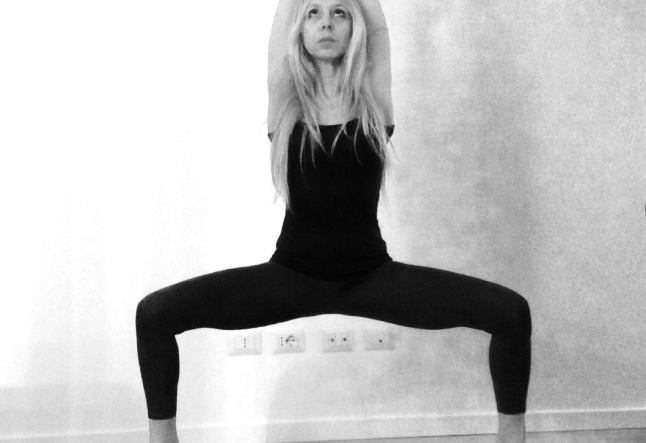the future of yoga

is the future of yoga asana only – or are we all ready to take a more spiritual ride
These days I question myself on how yoga has dramatically changed over the past 30-40 years.
Before Krishnamacharya, followed by Sri K. Pattabhi Jois, B.K.S. Iyengar and T.K.S Desikachar, yoga was seen by Westerners as an almost purely meditative practice, or if asanas got into the picture, they were practiced very slowly and held for minutes. Not many Hatha Yoga styles were known or practiced, and students were not in the millions – even in India, Yoga was meant for the élite. Today, the yoga scene is very different; there are hundreds of styles (and for this reason, I believe checking your teacher’s lineage is seriously important), but what’s more evident, the attention on asanas, their performance and what you can get out of it physically, is overwhelming. Check any social network to find acrobatic versions of any existiting vinyasa. Every other day, I find posts on “Calorie burning Yoga”, “Yoga for your Butt”, “Yoga Bootcamp”, “Yoga Challenge”… you name it. I personally think this is no longer Yoga. If the goal of Yoga is dissolving the ego, Yoga for Weight Loss is far from it. This, my personal opinion, is fitness branded as yoga because the word makes it more “fashionable”. I can hardly see Krishnamacharaya (despite the fact many say he was probably inspired by Western gymnastics) developing his method with six-pack abs in mind, or figuring his students could compete one against the other.
India holds Yoga Championships and the USA have recently followed. Some want Yoga to become an Olympic sport. But I often wander, was this the intention of the Masters who shared this practice with us? In London, when I started practicing over 20 years ago, I asked my Ashtanga Yoga teacher if he thought Yoga could replace all the other sports I used to practice. I can still see him looking at me in ashtonishment, and how he replied: “You’re missing the point. If you’re after fitness, go to the gym”. Was I getting it all wrong?
Over the years, I faced (and still face) this quest from all points of views. I love asanas, I love vinyasa yoga and I can’t deny its bodily benefits are one of the reasons why I keep practicing. Just ONE. However, and most likely a very superficial one, I acknowledge this while practicing, and I let it be my personal ego cuddle. Yet the practice hooks me for its meditative aspects. How it can lead me to forget about the mind after a few asana sequences, to give space to a higher awareness that radiates throughout the body and from my body, out there in space.
No doubt, the rising interest in yoga anatomy is making asana practice safer and more profitable for those who are just after fitness and good looks. Except in a few years we’ll get to understand what long-term results of dynamic practices will be since only now we can share the experiences of those who have been practicing dynamically for over 3-4 decades. But I believe we are not doing a big favor to yoga philosophy if we emphasize only its more material facts. And publishing complicated, acrobatic sequences that don’t belong to any traditions (although fitness-wise undoubtedly worth seeing), risk putting off those who are sincerely attracted to this discipline. In some cases, I think these videos end up creating:
1. a sense of inadequacy (“I’ll never be able to do this”)”¨
2. a competitive drive (“I’ll do this at all costs”)
3. the false idea that if you push your body to its limits, ignoring warning signs like pain, you can manipulate your build
4. a delusional state when, due to injuries or age, you must let go of some asanas or sequences.
I do not think many great masters had any of the above in mind. Competition and pushyness are part of our Western culture more than they are in the East, where these practices originated. Yoga styles where asanas and more spiritual aspects of the yoga tradition are passed on, like Jivamukti Yoga, are more apt to convey answers to the practitioner who takes a path to discover something deeper about themselves.
So what is the future of yoga? More asanas? Or are we ready to go deeper? And what’s more important? Should we be worried about the future of a philosophy that has always underlined the importance of the “here and now?” This is the “now” for you to decide… as we are in the present always.
Read next >> from drama to dharma